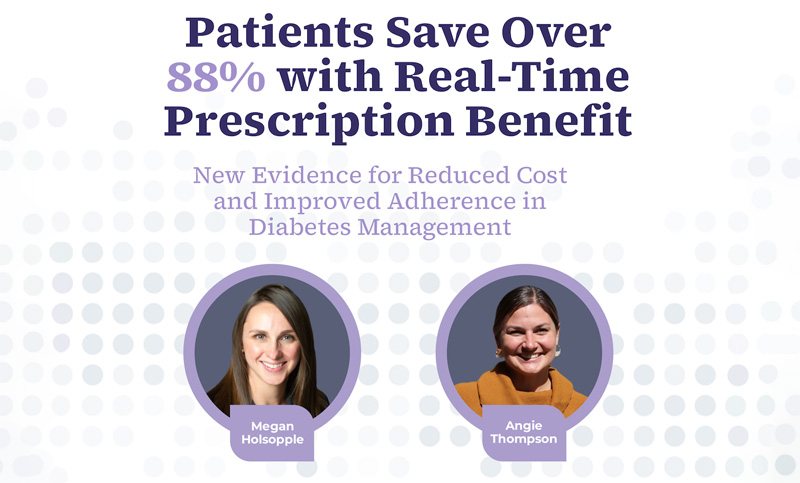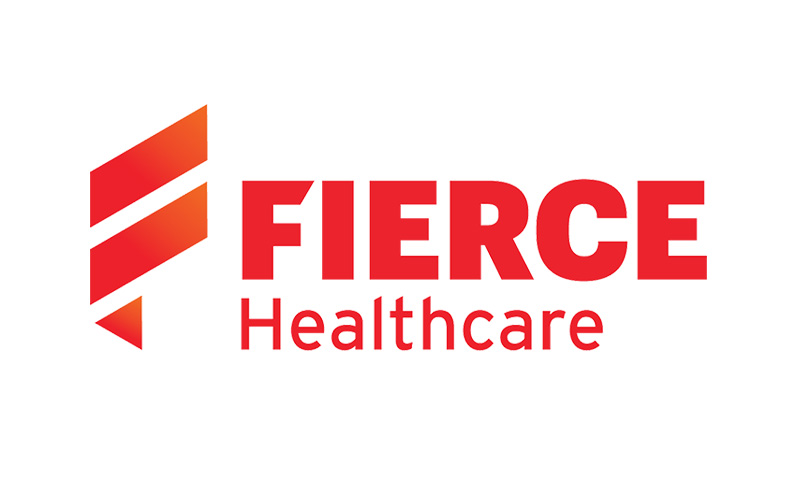By Megan Holsopple, PharmD, BCPS, Director of Product Development
Regardless of when the COVID-19 pandemic is officially declared over, the past two years have reshaped how and when Americans access health care. In 2020, healthcare spending by employers was dramatically lower than expected, likely attributed to the deferral of care at the height of the pandemic. However, prescription utilization and spending are expected to increase in 2022 as deferred care is resumed and as we begin to address the surge of patients receiving care for mental health, elective procedures, and substance abuse issues.
Additionally, costs related to COVID-19 are likely to persist as we not only continue to treat and vaccinate against the virus, but also as prescribing practices evolve based on new data and published recommendations. The long-term effects of COVID-19 also will likely result in an uptick of prescribing of certain drug classes. Migraine headache, for example, is the most common reported neurologic symptom post-COVID, and prescribing patterns for prophylactic and abortive therapies is a trend to monitor.
The Early Stages of the COVID-19 Pandemic and Payer Response
As we reported in 2020, early trends seen in the pandemic included increases in outpatient prescribing of the latest COVID-fighting cocktail, with especially large increases seen in chloroquines (356% increased growth), azithromycin (85% increased growth), and supportive albuterol metered dose inhalers (201% increased growth). As previously noted, these increases were likely due to a combination of factors, including nationwide publicity of the medications or the presumption that these medications would help with COVID-19 symptoms.
As the pandemic continued, common formulary management strategies intended to discourage waste and potential abuse, such as dispensing or refill limits, were eased. These changes were put in place to improve patient access and minimize interruption in the daily operations of ambulatory clinics. Prescription coverage status (e.g., covered, not-covered) and coverage alerts (e.g., refill too soon, quantity limit exceeded, prior authorization required) have been considered friction points for both patients and prescribers long before the COVID-19 pandemic. With the reduction of these alerts early in the pandemic, an area of further investigation should consider evaluating key outcomes of plan beneficiaries whose prescription drug plans made the coverage modifications to ensure uninterrupted and safe access to medication therapies.
Through our work with a robust network of PBMs and health systems, Arrive Health (formerly RxRevu) monitors prescribing trends on a quarterly basis. This data demonstrates how formulary and benefit information may change based on newly published guidance and the introduction of new therapies to market. For example, the formulary status for hydroxychloroquine was more likely to be flagged as “covered with restrictions, additional processing required” in 2021 as compared with 2020. This is possibly due to payer incorporation of NIH COVID-19 Guideline updates into formulary and benefit design that revoked the original March 2020 recommendation of hydroxychloroquine as a post-exposure prophylaxis therapy. Further evaluation has been done on US Insurer Spending on Ivermection Prescriptions for COVID-19. Our data shows insurers are utilizing formulary management strategies for COVID-19 prescription drug therapies to minimize wasteful spending for both patients and plans when evidence-based treatment has been shown to be ineffective.
Figure 1 below illustrates quarterly prescribing changes in 2021 and 2022 compared with 2020 for albuterol metered dose inhalers (MDIs), chloroquines, and azithromycin. Compared with 2020, prescribing for all four of these therapies drastically decreased in 2021, with the greatest decreases seen for chloroquine in all four quarters and hydroxychloroquine in Q2 through Q4. Evaluating the available data for Q1 2022, increased prescribing has been seen with albuterol MDIs and azithromycin compared with Q1 2021.
Figure 1. Real-Time Prescription Prescribing Trends for Select COVID-19 Therapies

Emerging COVID-19 Therapies and Payer Response
It seems as though new reports and recommendations for preventing and treating COVID-19 are coming out on a weekly basis. By far, the safest approach for any clinician to take is to advocate for care that is generally accepted in the medical and scientific community at the time advice is given.
One such change we have been able to measure through our data is for ritonavir-nirmatrelvir (Paxlovid) and molnupiravir. On December 22, 2021, the Food and Drug Administration issued an emergency use authorization (EAU) for ritonavir-nirmatrelvir (Paxlovid) for the treatment of non-hospitalized patients with mild to moderate COVID-19. Less than 48 hours later, molnupiravir, was also approved under an EAU for the treatment of adult patients at high risk for progression to severe COVID-19, where alternative COVID-19 treatment options are unavailable or clinically inappropriate. Both of these therapies are the first treatment for COVID-19 in an oral dosage form.
Real-Time Prescription Benefit (RTPB) data has shown these therapies are quickly being adopted by prescribers and the therapies are being covered close to 90% of the time, as represented in Figure 2 below.
Figure 2. Payer Coverage Status of Emergency Authorized Use (EAU) Therapies Covered Under the Prescription Benefit Plan

The above data reflects Real-Time Prescription Benefit (RTPB) transactions for ritonavir/nirmatrelvir (Paxlovid) [n=3,174] and molnupiravir [n=4,046] from December 1, 2020 – March 14, 2022. Data was generated from all transactions within the Arrive Health network encompassing commercial and Medicare prescription plan coverage.
Whether at the beginning or the end of a pandemic, medication cost transparency continues to be more vital than ever. Figure 3 shows an example of an EHR-enabled workflow where patient-specific cost information, as well as actionable coverage alerts, are generated to prevent delays in processing and dispensing of a crucial therapy.
Figure 3. Real-Time Prescription Benefit: The User Interface Experience with Molnupiravir
Step 1. Original prescription order placed.

Step 2. Patient-specific prescription coverage information, including actionable quantity limits, are displayed to end user.

Step 3. Prescription adjustments are made and sent to the pharmacy, avoiding unnecessary back-and-forth.

With the pandemic causing unanticipated priority shifts, economic volatility, and a trend toward healthcare consumerism, it is clear patients and clinicians need digitally integrated tools to simplify the care journey. Arrive Health’s solutions enable prescribers to build better relationships with patients by providing accurate cost and coverage information at the point of care. With this information at their fingertips, clinicians can discuss lower-cost medication options, as well as options that may not be restricted by patient health plans, creating a more seamless prescribing experience.
Arrive Health will continue to monitor nationwide prescribing trends and will be steadfast in our commitment to health systems, EHRs, payers, and patients to deliver the right drug, at the right cost, in real time.



